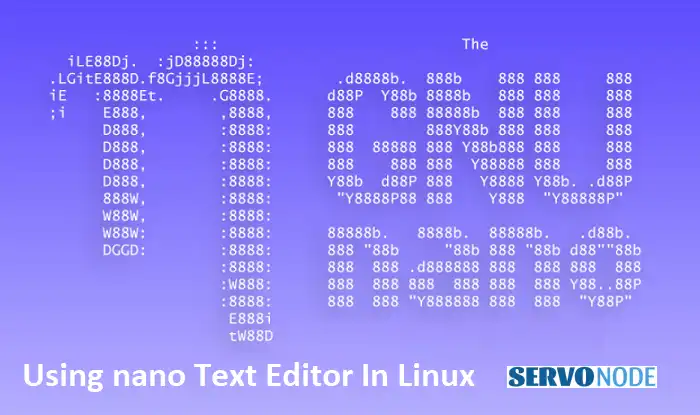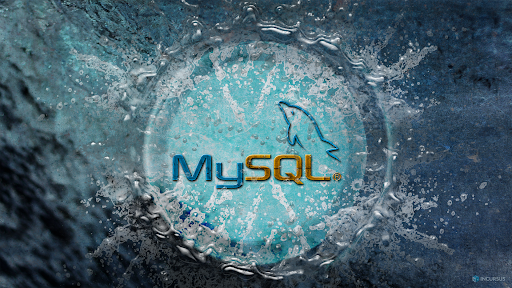If you’re a Linux user, chances are you’ve come across the Nano Text Editor. As a command-line-based editor, Nano offers a simple and intuitive interface, making it widely popular among developers and sysadmins. Whether you’re writing code or editing configuration files, mastering Nano can greatly enhance your productivity.
In this article, we’ll give you a complete guide on how to use Nano Text Editor in Linux. From basic navigation to advanced features, you’ll learn everything you need to know to efficiently edit files with Nano. Plus, we’ll provide you with some handy tips and tricks to streamline your editing workflow.
Benefits of Using Nano Text Editor
Nano Text Editor offers several advantages that make it a preferred choice for many Linux users. Firstly, it’s incredibly lightweight and doesn’t require extensive system resources, making it ideal for low-power devices or remote servers. Additionally, Nano is beginner-friendly, with a simple and intuitive interface that allows even those new to Linux to quickly grasp its functionalities.
Another major benefit of Nano is its versatility. It supports syntax highlighting for various programming languages, making it a valuable tool for developers. It also allows for easy file navigation and manipulation, enabling users to quickly open, create, and modify text files directly from the command line.
Basic Nano Commands and Shortcuts
Before diving into the more advanced features of Nano, let’s start with some basic commands and shortcuts to get you started.
To open a file with Nano, simply type nano followed by the file name:
nano example.txt
Once you have a file open, you can navigate through it using the arrow keys. To move to the beginning or end of a line, use the Ctrl + A and Ctrl + E shortcuts, respectively. To scroll up or down, use Ctrl + Y and Ctrl + V.
Opening and Saving Files in Nano
One of the fundamental tasks in Nano is opening and saving files. To open a file, use the nano command followed by the file name:
nano example.txt
If the file doesn’t exist, Nano will create a new file with that name.
To save a file, press Ctrl + O. Nano will prompt you for the file name if you’re saving for the first time. Otherwise, it will overwrite the existing file.
Editing Text in Nano
Now, let’s explore the various ways you can edit text within Nano.
To insert new text, simply start typing. Nano will automatically insert the text at the cursor position. You can move the cursor using the arrow keys.
To delete text, use the Backspace or Delete key. Nano also supports cutting and pasting text. To cut a line, use Ctrl + K, and to paste it, use Ctrl + U.
Searching and Replacing Text in Nano
Nano provides powerful search and replace functionality to help you find and modify text within your files.
To search for a specific term, press Ctrl + W, and enter the search term. Nano will highlight the first occurrence of the term. Press Ctrl + W again to find the next occurrence.
To replace text, press Ctrl + , and enter the search term followed by the replacement. Use Y to confirm each replacement, or A to replace all occurrences without confirmation.
Configuring Nano Settings
Nano allows you to customize its behavior and appearance according to your preferences. You can modify the default settings by creating or editing the nanorc file located in your home directory.
To open the nanorc file, type nano ~/.nanorc. This file contains various configuration options that you can modify to suit your needs, such as enabling or disabling syntax highlighting, setting indentation preferences, and defining keybindings.
Advanced Features of Nano
In addition to the basic functionality, Nano offers several advanced features that can further enhance your text editing experience.
One such feature is the ability to split the screen into multiple windows. This allows you to view and edit different parts of a file simultaneously. To split the screen, press Ctrl + W followed by S. Use Ctrl + W and the arrow keys to navigate between windows.
Nano also supports macros, which are a series of commands that can be recorded and played back. Macros can be useful for automating repetitive tasks. To start recording a macro, press Ctrl + , followed by R. Perform the desired actions, and press Ctrl + , followed by E, to end the recording. To play back the macro, press Ctrl + , followed by P.
Troubleshooting Common Issues in Nano
While Nano is generally a reliable and straightforward text editor, you may occasionally encounter some issues. Here are a few common problems and their solutions:
- If you accidentally close Nano without saving a file, you can recover it by using the nano -r command followed by the file name.
- If Nano freezes or becomes unresponsive, try pressing Ctrl + C to force it to exit.
- If you experience display issues or strange characters, make sure your terminal emulator is properly configured to support UTF-8 encoding.
Conclusion
In conclusion, Nano Text Editor is a powerful and versatile tool for editing text files in Linux. Its simplicity and intuitive interface make it accessible to users of all skill levels. Whether you’re a seasoned Linux user or just starting out, mastering Nano can greatly enhance your productivity.
In this article, we covered the benefits of using Nano, basic commands and shortcuts, opening and saving files, editing text, searching and replacing text, configuring settings, exploring advanced features, and troubleshooting common issues.
Now, armed with this knowledge, you’re ready to take your text editing skills to the next level with Nano Text Editor on Linux. Happy editing!

Nishant Verma is a senior web developer who love to share his knowledge about Linux, SysAdmin, and more other web handlers. Currently, he loves to write as content contributor for ServoNode.




